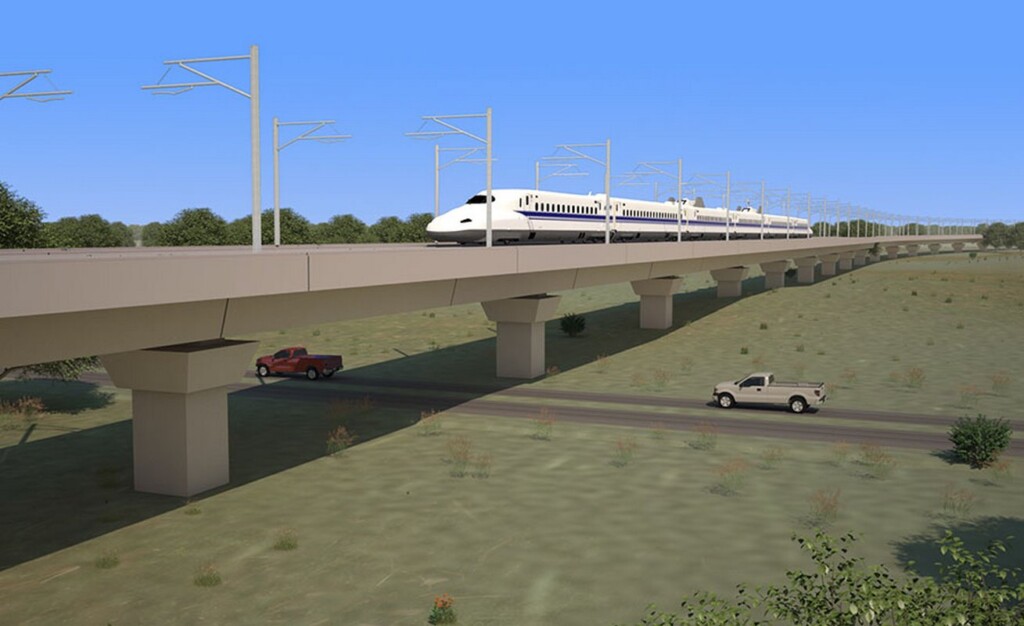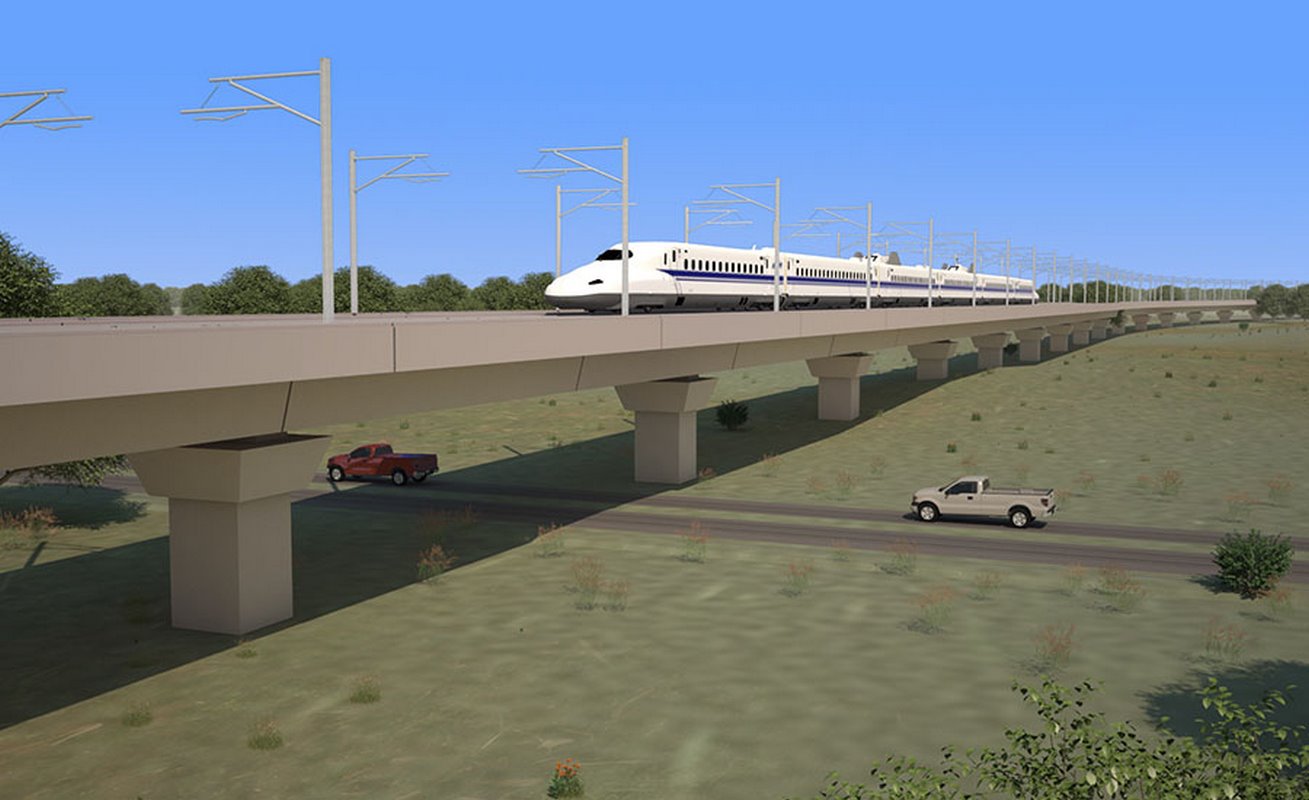
High-speed rail is a standard form of transport in places like Germany, France, Italy, China, Japan, and Switzerland, but with any luck at all, it should be coming to the Lone Star State before long.
Texas Central has progressed through the planning stage and settled landowning disputes regarding a high-speed railway line from Dallas to Houston, which usually requires a 2-hour flight, a 4-hour drive, or a 5-hour bus ride.
However, at 200 miles per hour, the projected time would be a mere 90 minutes, departing every half hour during peak times and every hour off-peak.
“If we are going to add more high-speed rail to this country, the Dallas to Houston Corridor is a compelling proposition and offers great potential,” said Amtrak Senior Vice President of High-Speed Rail Development Programs Andy Byford.
“We believe many of the country’s biggest and fastest-growing metropolitan areas, like Houston and Dallas, deserve more high quality high-speed, intercity rail service.”
The project isn’t a given yet, but after years of what Engineering News Record called “financial setbacks, leadership issues, and legal woes,” it is moving forward again with plans for 50% of the 236 miles of rails to be on viaducts to help ease landowners’ concerns; although the Texas Supreme Court has already determined that Texas Central has eminent domain authority regarding their proposed route.
ALSO CHECK OUT: World’s First 100% Hydrogen-Powered Trains Now Running Regional Service in Germany to Replace Diesel
“In big complex infrastructure projects, it’s better to have issues during the planning phase” than construction, Angel Pena, vice president for rail and transit at the development firm STV’s Texas/Mountain region. “Planning is the most challenging part of the process.”
Amtrak and Texas Central have submitted applications to several federal programs in connection with further study and design work for the potential Dallas to Houston segment, including the Consolidated Rail Infrastructure Safety and Improvements (CRISI) grant program, the Corridor Identification and Development program, and the Federal-State Partnership for Intercity Passenger Rail (FSP-National) grant program.
MORE RAILWAY DEVELOPMENT: Dutchman Starts Overnight Sleeper-Train Operation Throughout Europe: A Hostel on Rails
These should help Texas Central address the ballooning costs of the project which unfortunately are projected to hover around $33 billion.
Texas is bigger than all the countries mentioned above, and in most places is much flatter too. The Midwest seems to lend itself to high-speed rail, which is truly the most pleasurable way to travel. For anyone who hasn’t seen the countryside go by at 200 miles per hour of silence and comfort, it’s an amazing experience.
SHARE This Exciting And Ambitious Rail Project With Your Texan Friends…




















